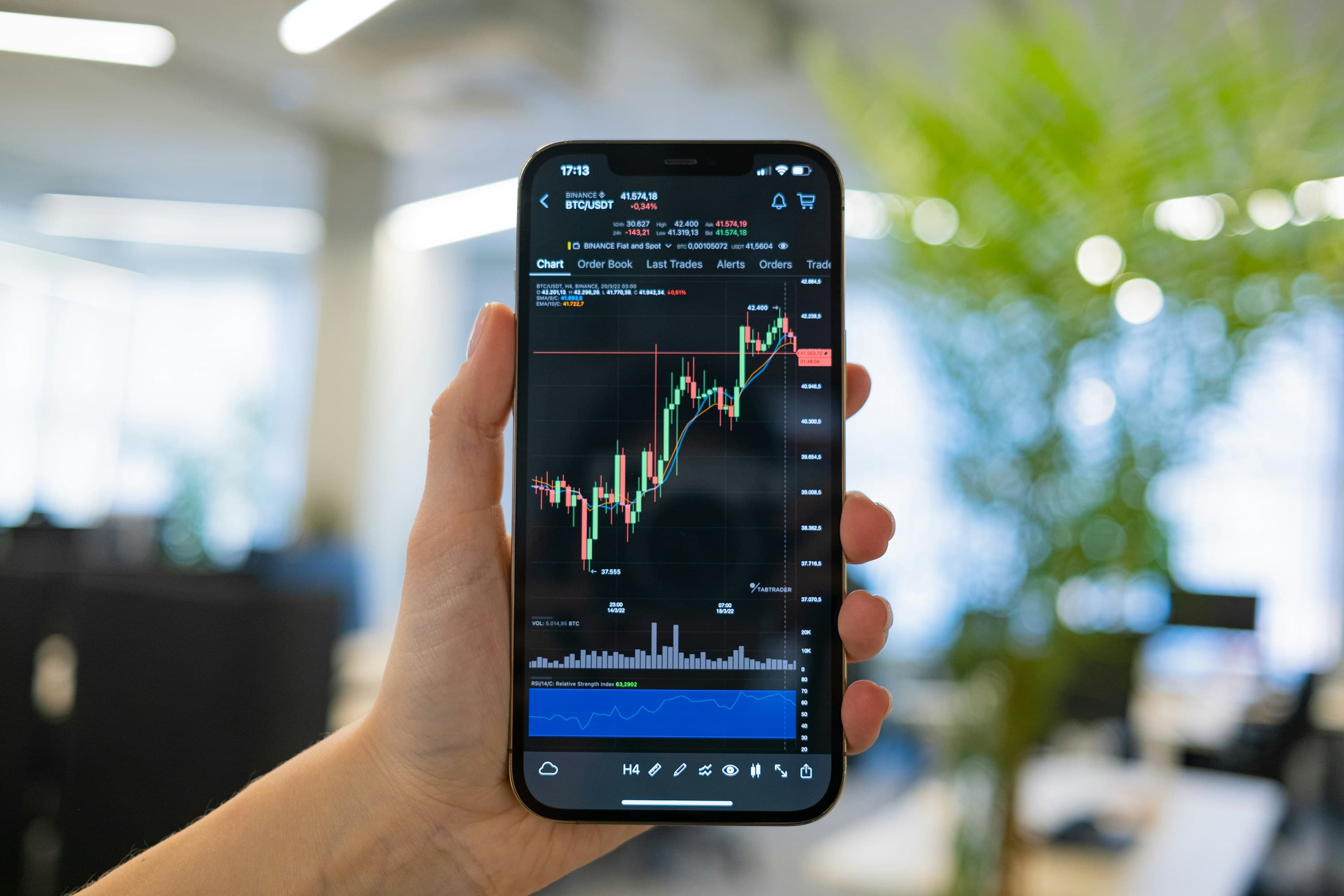A Trader's Take on Market Psychology and Price Action

I was listening to the financial news the other morning, and the commentators were all focused on Google. Since the start of the year, the stock had been all over the place, with frequent gaps and high volatility. The steady, organized climb it had enjoyed for years was starting to look more like the chaotic distribution phase you see after a bubble bursts.
Whenever fellow traders ask for my take on a stock like this, I tell them the same thing: it’s speculative. After a massive run-up, what I or anyone else thinks about its fundamental value is irrelevant. Is it really worth $450 a share? As a trader, that’s not my job to decide. Frankly, I don’t really care. I trust the price action and keep an eye on the technicals.
We’ve already seen a 100-point drop in this stock since late January. It’s a classic example of what happens psychologically in any market that has seen a meteoric rise.
The Psychology of a Sell-Off
When a stock does nothing but go up with very few corrections, the public’s will to keep buying becomes fragile. The slightest bit of bad news can shatter that confidence. At the peaks, any negative headline can send so-called investors—who bought at the top without a real plan—running for the hills. This is a crucial lesson in , especially for .
The selling that happens at these heights is particularly volatile because most people who bought there had no strategy beyond "I hope it goes higher." They’re often leveraged, especially with an expensive stock, which amplifies the panic. It’s not an organized exit; it’s an all-out frenzy where everyone tramples each other to get out the door.
Think about the two main drivers of a quick decision to sell:
- “Wow, I made money! Get me out now!” (Greed)
- “Oh no, I’m losing money! Get me out now!” (Fear)
If that isn’t proof that market action reflects basic human psychology, I don’t know what is. Whether you're deep into or just starting out, understanding this is key.
A Practical Habit: Rewinding the Movie
Let’s shift from psychology to a practical technique I use every day. On my radar this morning was the 30-minute chart for the Japanese Yen. The setup looked decent, but I wanted to revisit a concept I find incredibly valuable: the habit of rewinding your charts like a movie before you even consider a trade.
With the Yen, if I rewind the chart just two hours before a key morning breakdown, I can see that prices were in the middle of a rally. The question I should be asking myself is, "Where did this rally begin?" It’s not about beating myself up over a trade I missed; it’s about catching up on the parts of the movie I wasn’t there to see. It provides context for what is happening now in my .
Looking back even further, to the early morning hours, I can spot the exact breakout that started the move. A couple of hours before that, the very first signal for that long position was triggered with confirmation. This simple exercise allows me to see all the price action and setups that occurred while I was away.
This doesn't make the current setup any less relevant. The goal is simply to understand two things:
- What has happened in my absence?
- Where have prices been, and how did the current setup form?
Please don’t make it more complicated than that. You're just rewinding the movie to see what you missed. This approach is invaluable whether you're a seasoned pro or just exploring . It helps ground your decisions in the full story of the trading day.
By the way, that same day, I was stopped out of a daily position on the Yen as prices pushed up through a key resistance level. It’s just another reminder that in , as with all investing, having a plan for your exits is just as important as having one for your entries. Understanding market psychology is a great starting point for anyone who wants to navigate these waters successfully.







